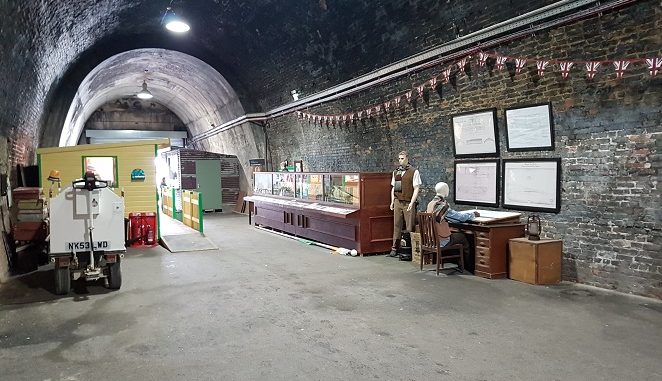
A Home Front Museum with artefacts sharing the rich and varied history of the Ramsgate Tunnels will open this Easter.
The museum features tales and exhibits from the Tunnel’s construction in 1863 to its role as Tunnel Town during World War Two and beyond to its place in Pleasurama until closure in 1965.
Exhibits include the original Tunnel Town piano, used to entertain town residents as they sheltered from enemy bombs.
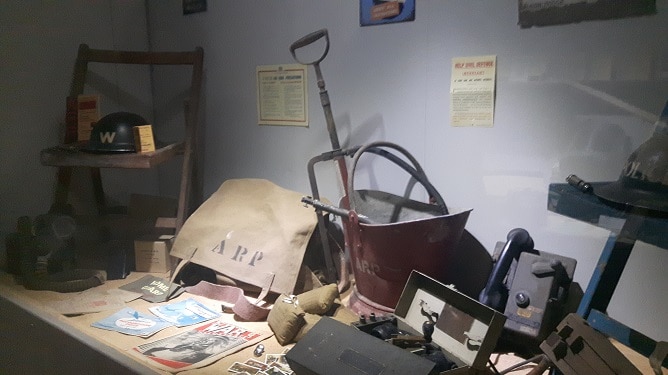
The piano belonged to Ellen Sharp, whose father was the owner of Sharp’s dairies. The family’s home was bombed in 1940 and Ellen’s father brought the piano to the Tunnels so she could continue to play.
It has recently been donated to the Home Front Museum by the Sharp family.
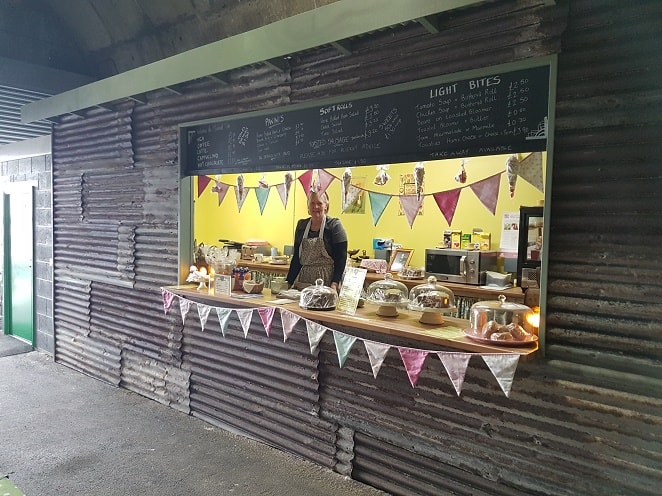
The museum is not the only improvement at the Tunnel’s site. The new Tunnel Teas Café has been opened by Ian and Sarah Cannon, serving drinks, lunch and cakes including famous bread pudding from staff member Marion Goldfinch.
The café building is made from recycled corrugated steel from the railway tunnel and recycled timber to match the railway theme introduced to the entire site.
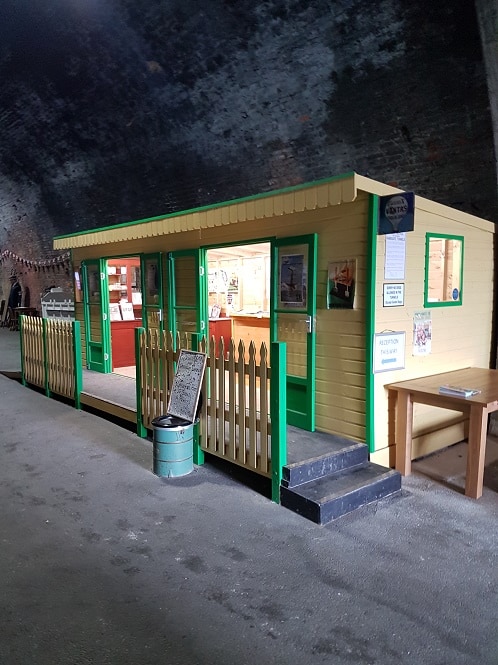
There is a new visitor reception, which is manned by the Tunnels’ managers, and the cinema has been re-sited and improved.
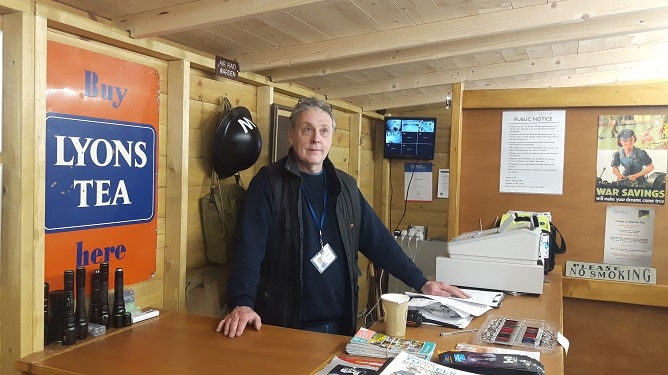
Since last year’s formation of a new board and a move to charitable trust status, plans have been formed to bring even more variety to Ramsgate’s historic gem.
Themed parties are available, which can include full tours or adapted mini tours, seven-day opening will be introduced from Good Friday (March 30) and events are planned.
The first is a vintage and collectors fair this Sunday (March 25) which will have 25 stalls in the tunnel from 9.30am to 3.30pm, Entry is free.
In May The Beverley Big Band will be performing for a swing themed dance. The event is on May 19 from 2pm to 4.30pm and costs £10 per person, £5 for ages 16 and below.
If the events prove successful there will be more in the pipeline.
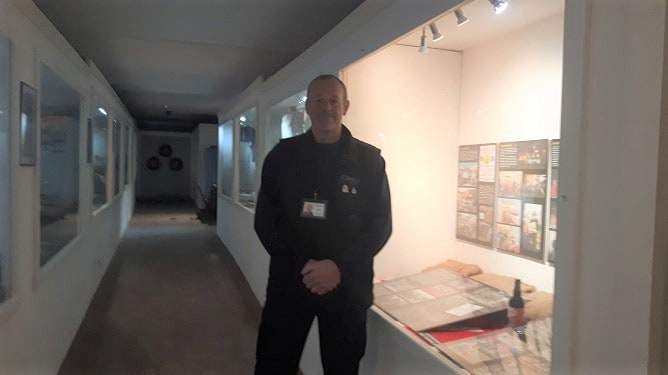
Tunnels volunteer Max Streatfield (pictured in the museum) said: “Being a charitable trust means our money goes back into the Tunnels.
“Visitors can come, have a look at the museum, have coffee and cake and go on the tours. We are going to have seven-day opening and have staggered tours.”
Max takes many of the tours and has a wealth of stories to share, including about his mum who would enter the Tunnels from the steepest entrance with more than 100 steps at Arklow Square. The entrance by the Boundary Road gas works, in contrast, is served just by a small ramp.
The Ramsgate Heritage Regeneration Trust will have an office in the Home Front Museum and there are more plans being looked at by the museum steering group, which will then go to the board for approval, including proposals to create a replica of the Tunnels lettering to have Ramsgate Tunnels above the site entrance where the Tunnels Railway signage used to be.
Potted Tunnels history
The Ramsgate Tunnels network is the largest and only known Civilian Deep Shelter Air Raid Precaution scheme authorised by Central Government.
The railway tunnel is almost one mile long and was opened in 1863 to bring the London Chatham & Dover Railway to the Ramsgate Harbour station, adjacent to Ramsgate Sands.
The line was abandoned in 1926 and Ramsgate Town Station was built in its current location.
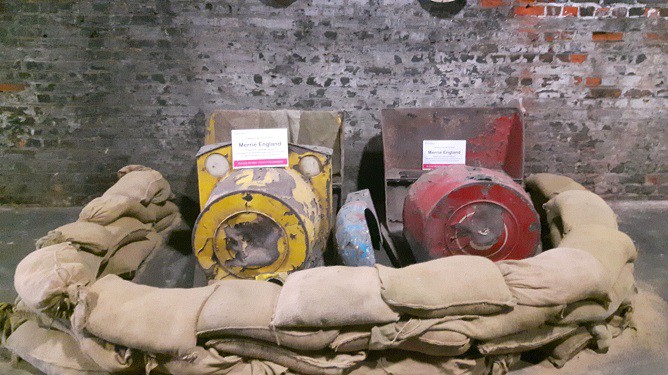
In 1936 a ‘mini railway’ was opened at the site by the Ramsgate Olympia company. The line linked Dumpton to the beach and Merrie England amusements. An illuminated tableaux of world scenes gave rise to the name The World Scenic Railway.
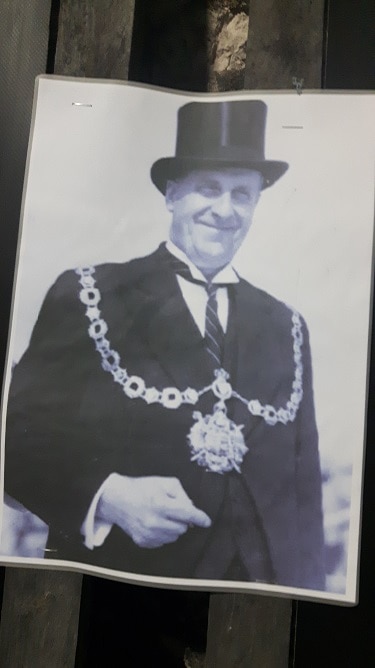
As war approached Ramsgate Borough Council embarked on an ambitious plan to create a network of Deep Shelter Tunnels linking to the former railway tunnel. Despite initial resistance from government Mr ABC Kemp (pictured) ‘the top hat mayor’ and the borough surveyor ceaselessly pressed for funding of the tunnels before the war, thus saving countless lives.
The plan was finally given the go ahead and the network, 2.5 miles long and 60ft below the town, was formally opened by The Duke of Kent on 1st June 1939.
According to documents from the time shared by Kent History Forum the estimated cost of creating the shelter was £49,700, or £19,520 per mile, which includes entrances. The number of persons who could be accommodated was estimated to be approximately 11,000; 15,000 could be accommodated in the existing caves and the old railway tunnel, so that the total of 26,000 persons would be accommodated in the whole scheme.
There were originally around 12 entrances, some of which were on the esplanade, cut directly into the cliffs, and others emerging in squares, playgrounds and parks around Ramsgate. This meant that during an air raid, people could quickly enter the tunnels via their nearest entrance
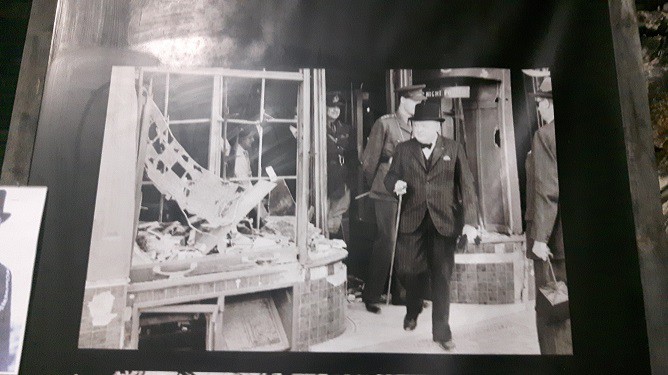
The tunnel system became famous and was visited by many celebrities including then Prime Minister Winston Churchill who was forced to take refuge there himself when caught in a raid.
A German air raid in August 1940 dropped 500 bombs on the town. Some 29 people died and more than 1,000 were left homeless, many then moved permanently into the tunnels – creating Tunnel Town – until the end of the war.
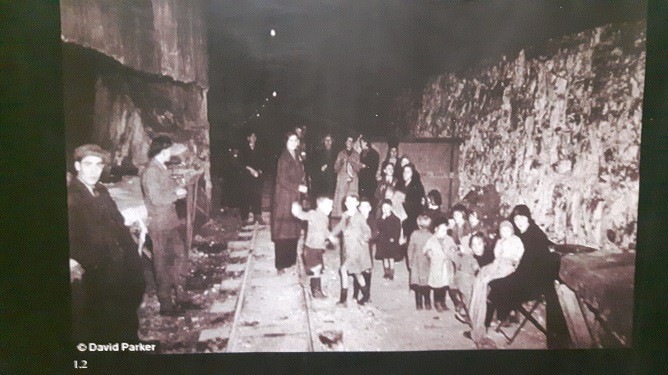
The tunnels were sealed up after the war but the railway line was cleared and the Scenic Railway began to run again in 1946.
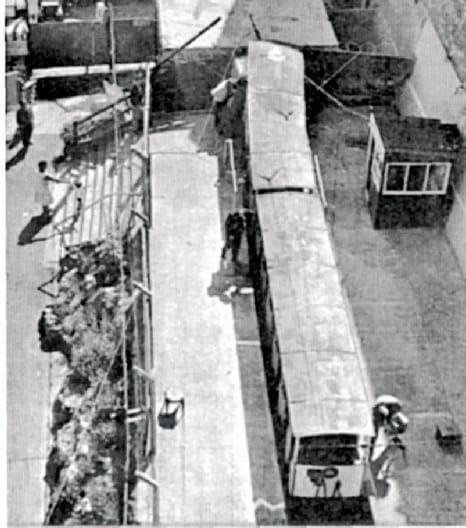
In 1965 a train overran the track at the seafront terminal. The Tunnel Railway was closed and the site abandoned once more.
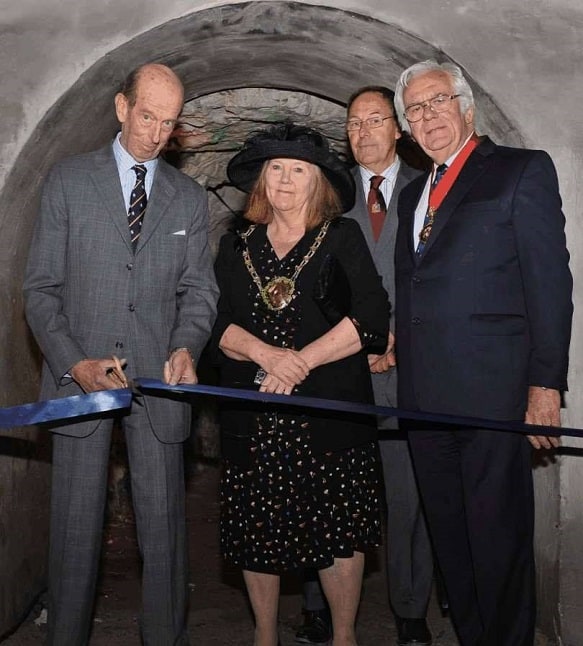
The site was reopened in May 2014 by the current Duke of Kent following the successful bid by The Ramsgate Tunnels Project, supported by Ramsgate Town Council, for £53,000 from the Peoples’ Millions, a Heritage Lottery Fund grant for £84k won by Ramsgate Regeneration Heritage Trust and £51k from Thanet council.

